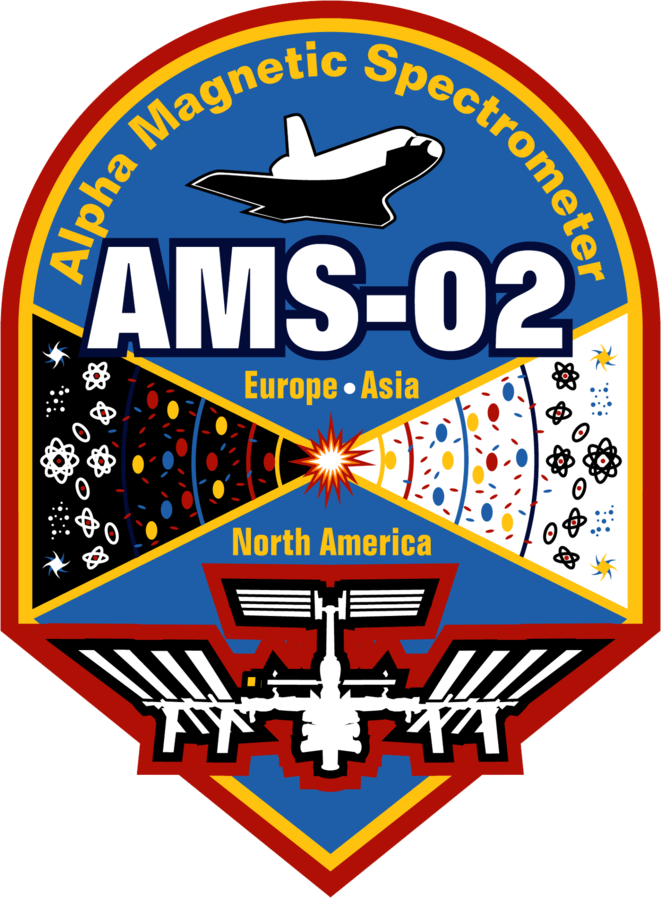Antiprotons and Elementary Particles over a Solar Cycle: Results from the Alpha Magnetic Spectrometer
We present results over an 11-year solar cycle of cosmic antiprotons based on $1.1 \times 10^6$ events in the rigidity range from 1.00 to 41.9 GV. The $\overline{p}$ fluxes exhibit distinct properties. The magnitude of the $\overline{p}$ flux temporal variation is significantly smaller than those of $p$, $e^-$, and $e^+$. A hysteresis between the $\overline{p}$ fluxes and the $p$ fluxes is observed whereas the $\overline{p}$ and $e^-$ fluxes show a linear correlation. With a model-independent analysis, we found a universal relation between the shape of the rigidity spectrum and the magnitude of flux temporal variation over an 11-year solar cycle for both positively and negatively charged particles. The simultaneous results on $\overline{p}$ and $p$, $e^-$, $e^+$, provide unique information for understanding particle transport in the solar system as a function of mass, charge, and spectral shape.
Table-S1-S139
Download the pbar-table-s1-s139 tableAntiproton fluxes for each Bartels rotation
Table-S140
Download the pbar-table-s140.csv table11-year time-averaged antiproton flux
Extra tables:
Average electron fluxes
Average positron fluxes
Proton fluxes for each Bartels rotation
Average proton fluxes
Electron fluxes for each Bartels rotation
Positron fluxes for each Bartels rotation
The CRDB at LPSC/IN2P3/CNRS, online since 2013, is fully described in Maurin et al. (2014, 2020)
The CRDB © SSDC is developed at the Space Science Data Center, a facility of the Italian Space Agency (ASI).
